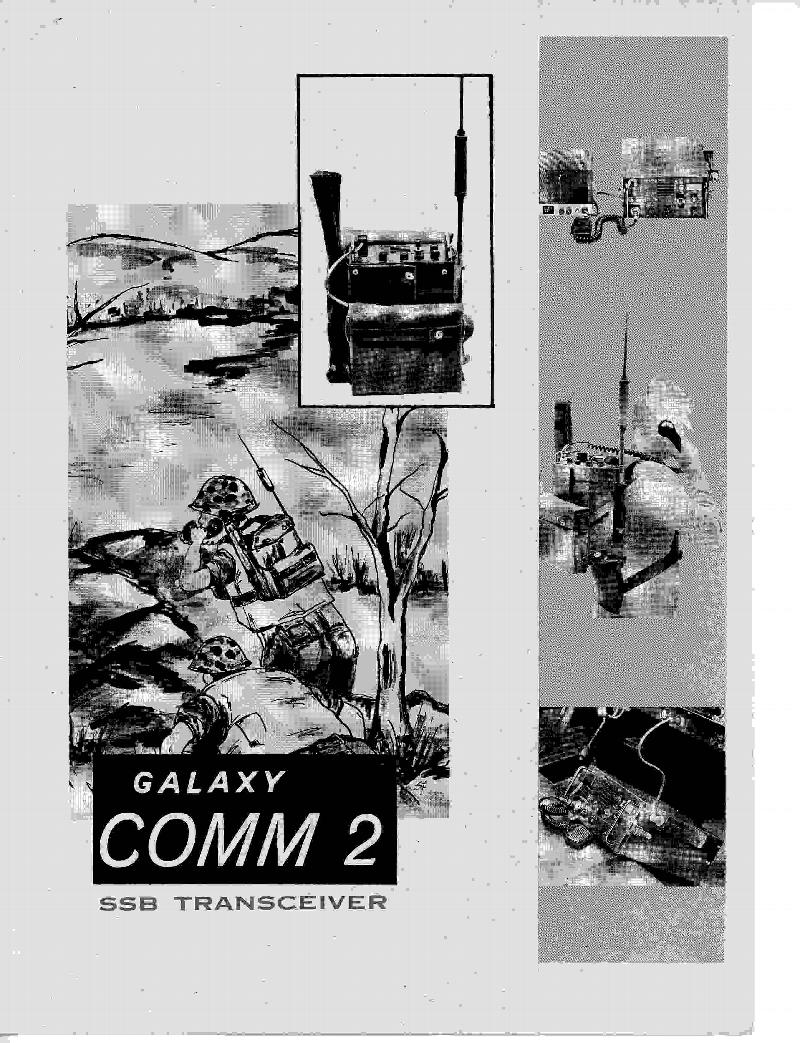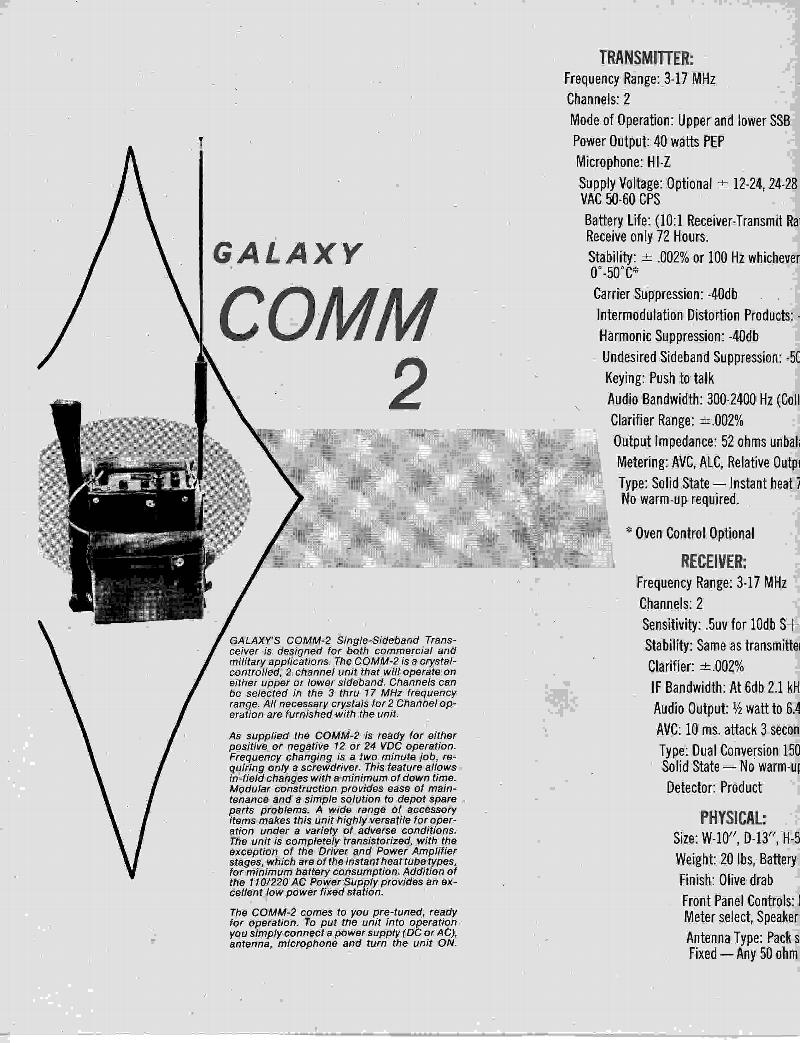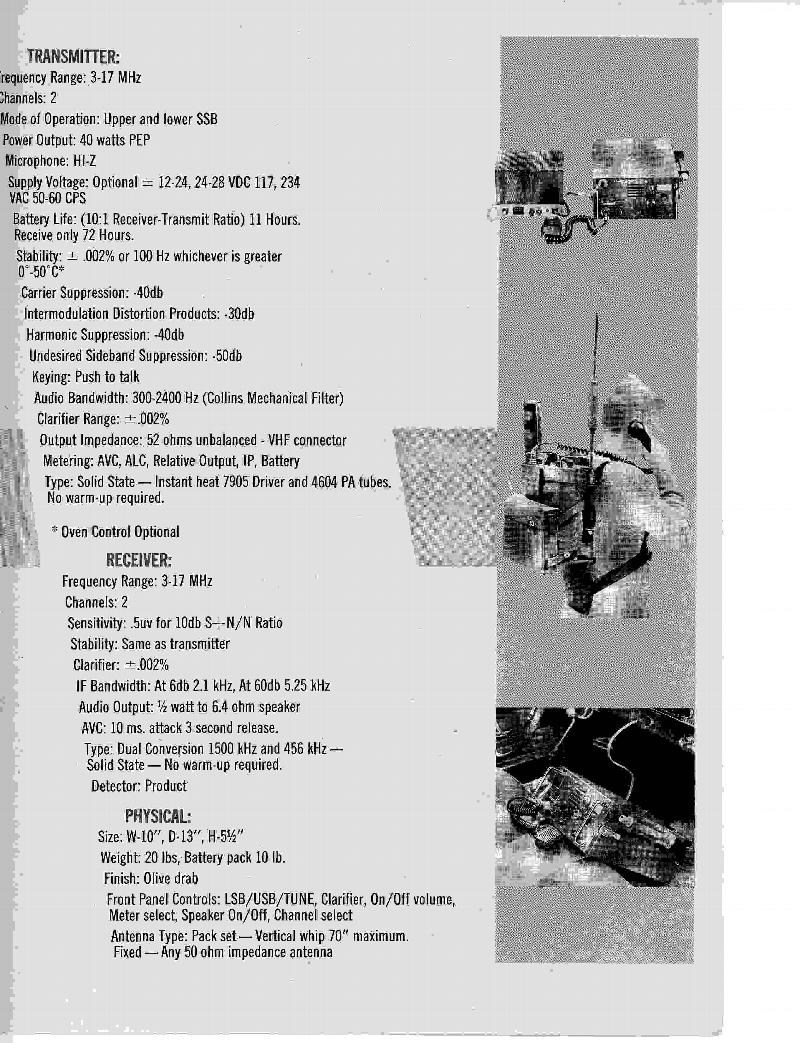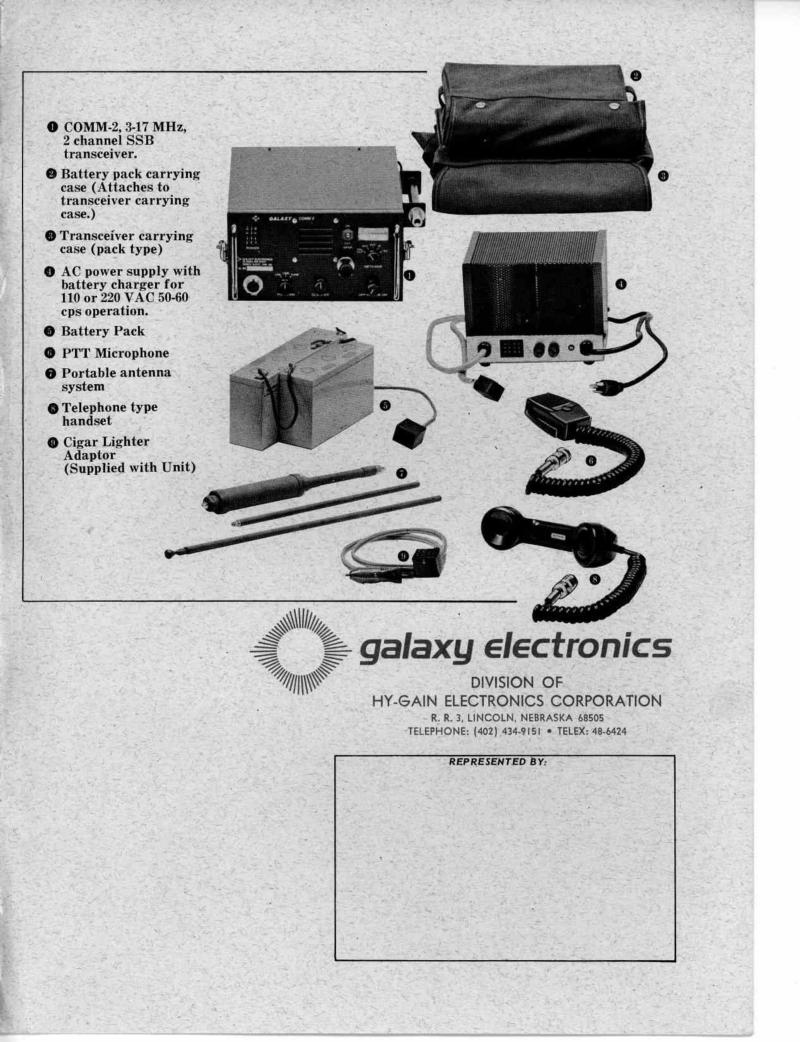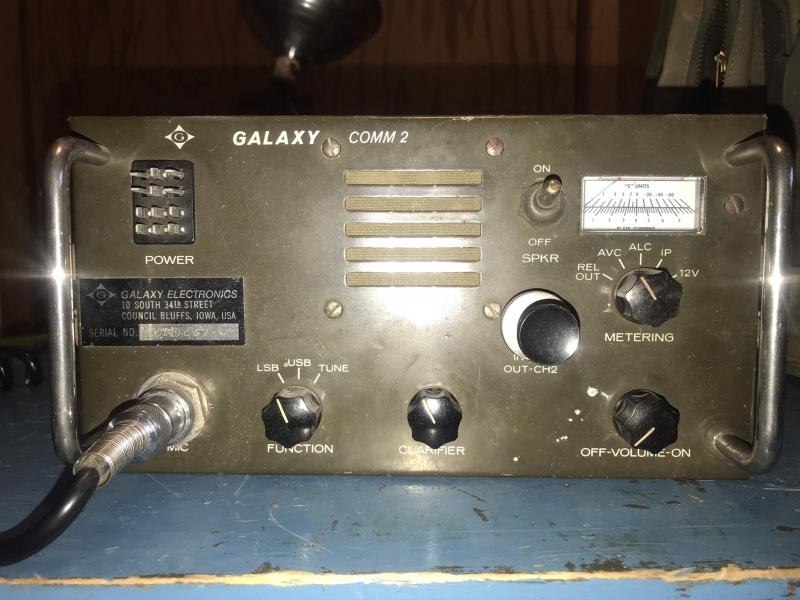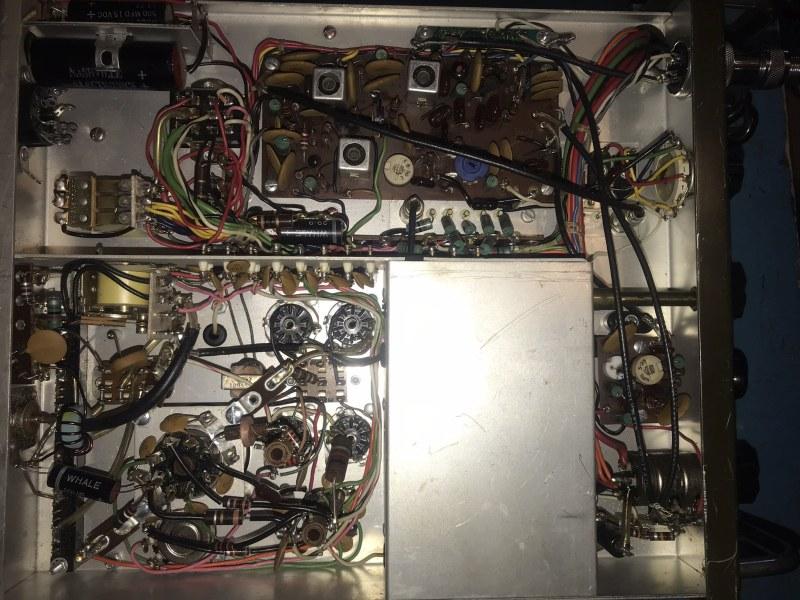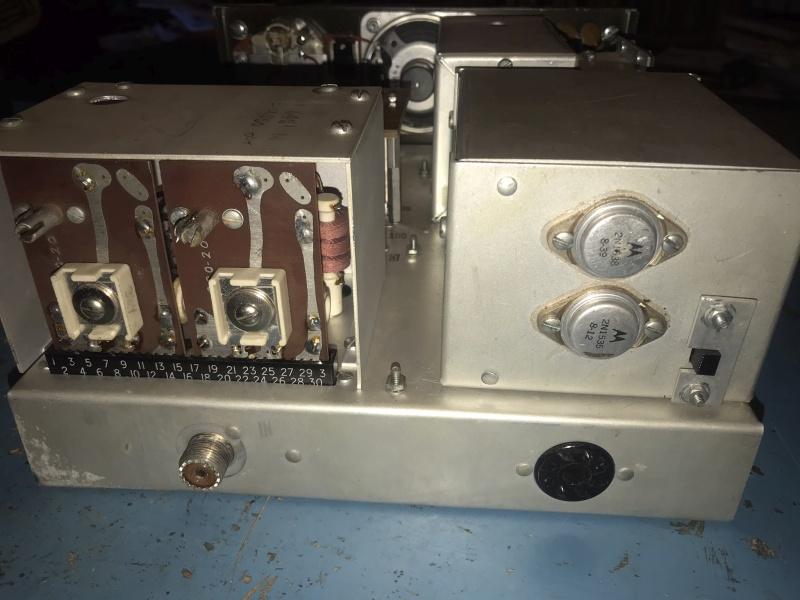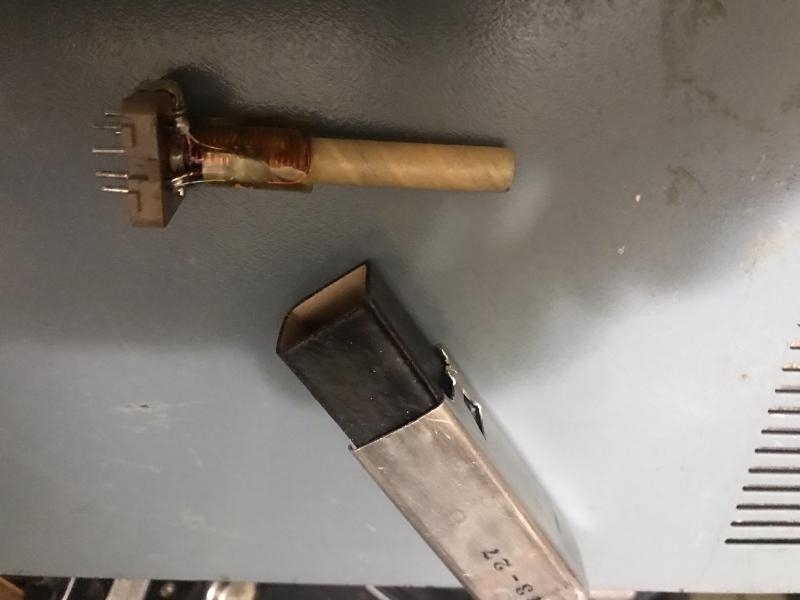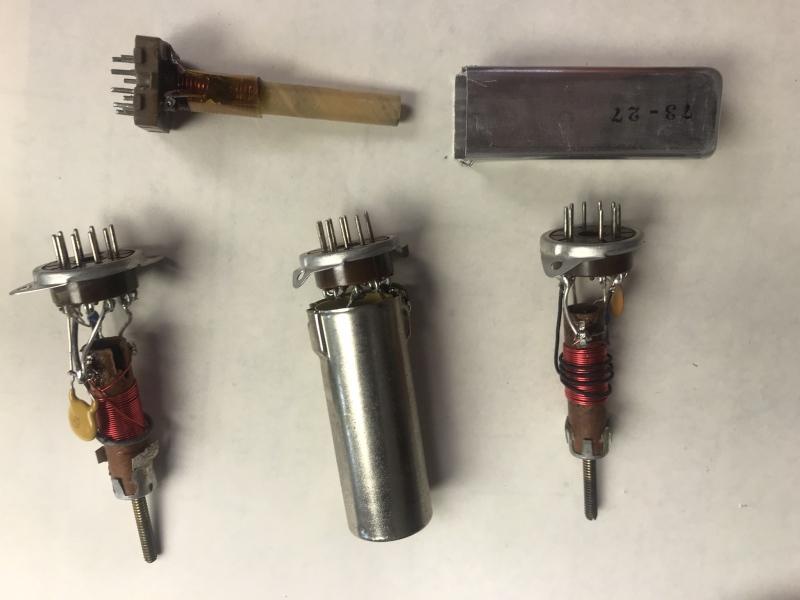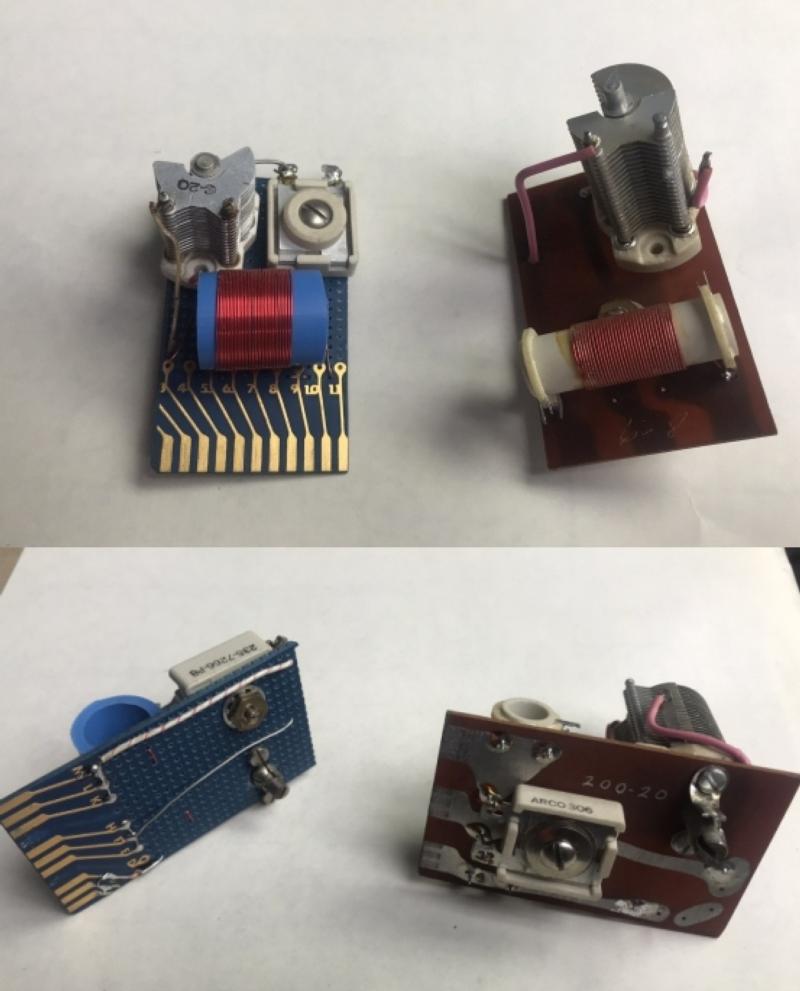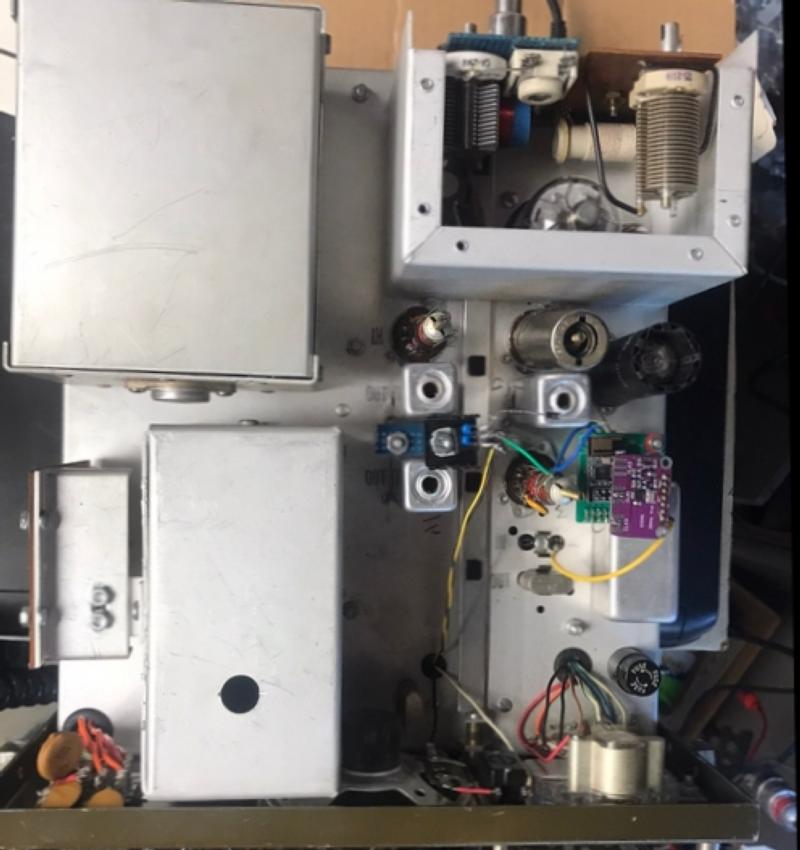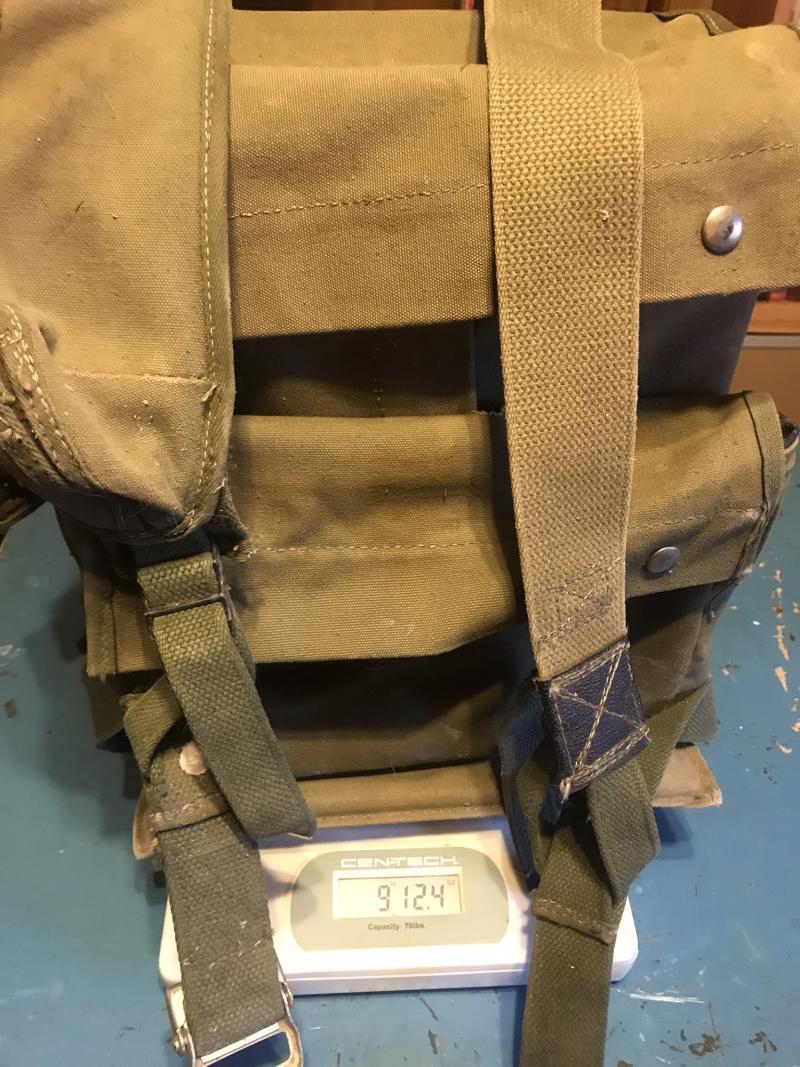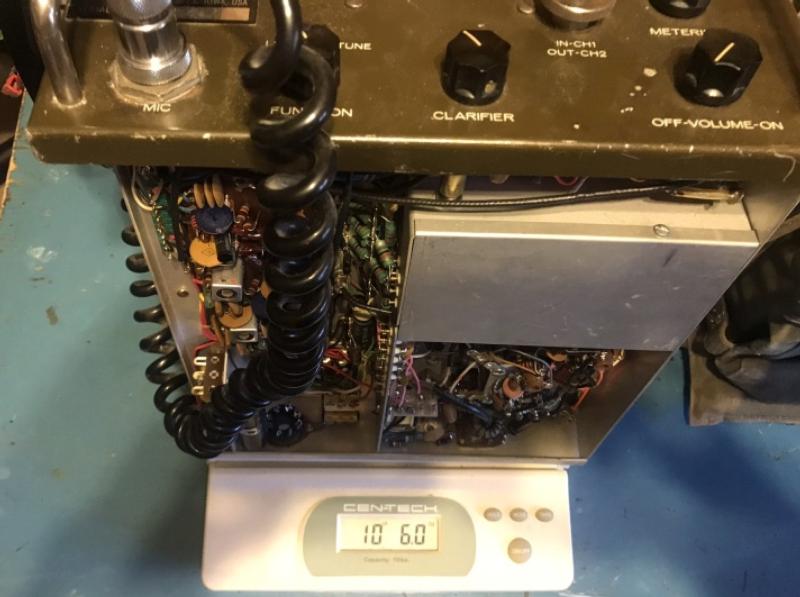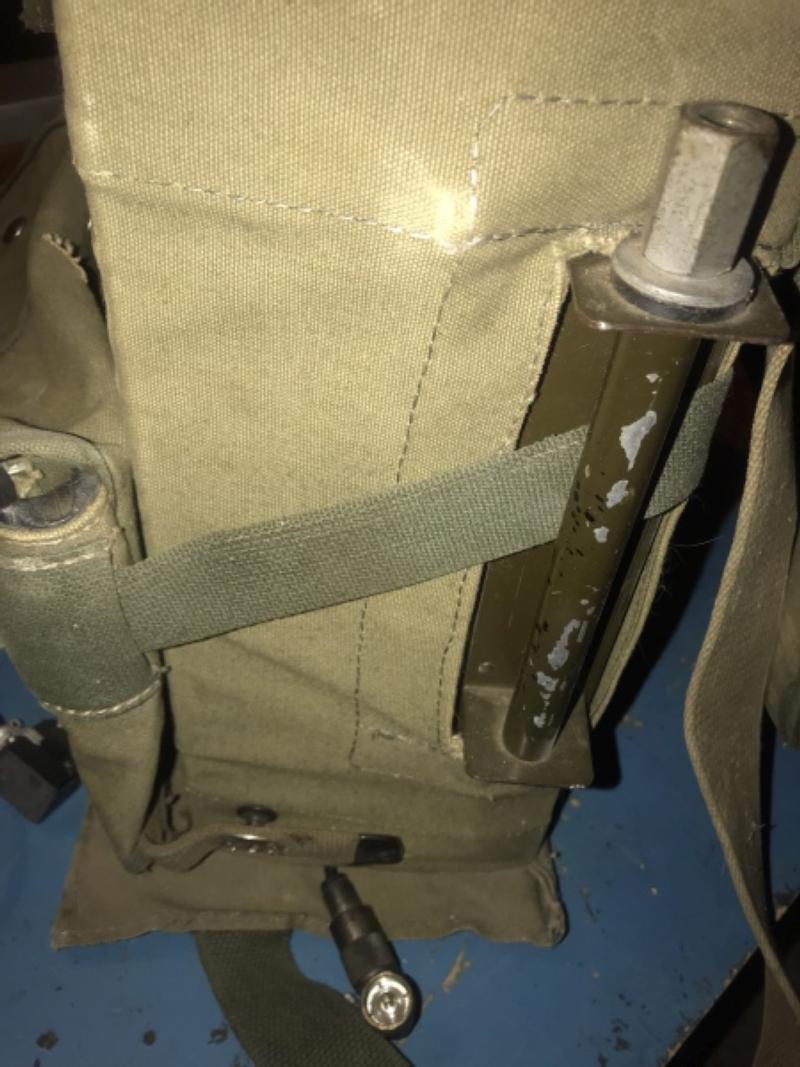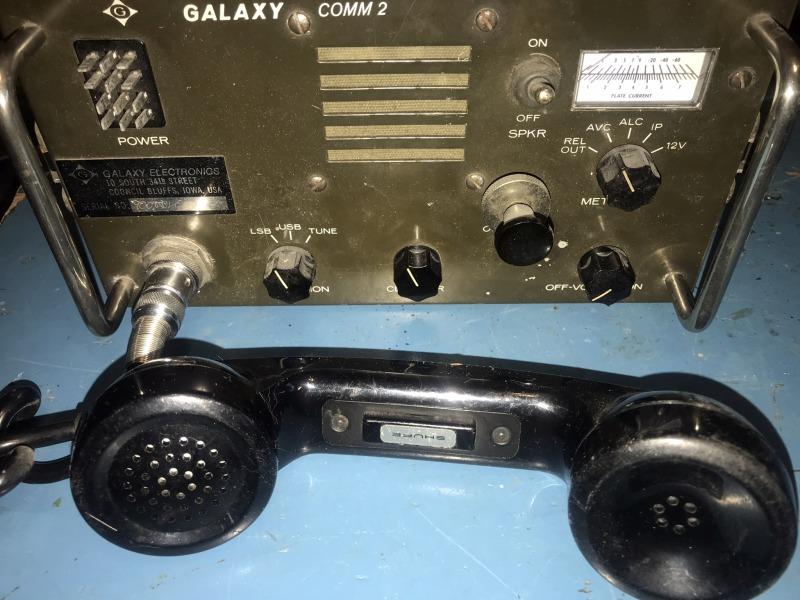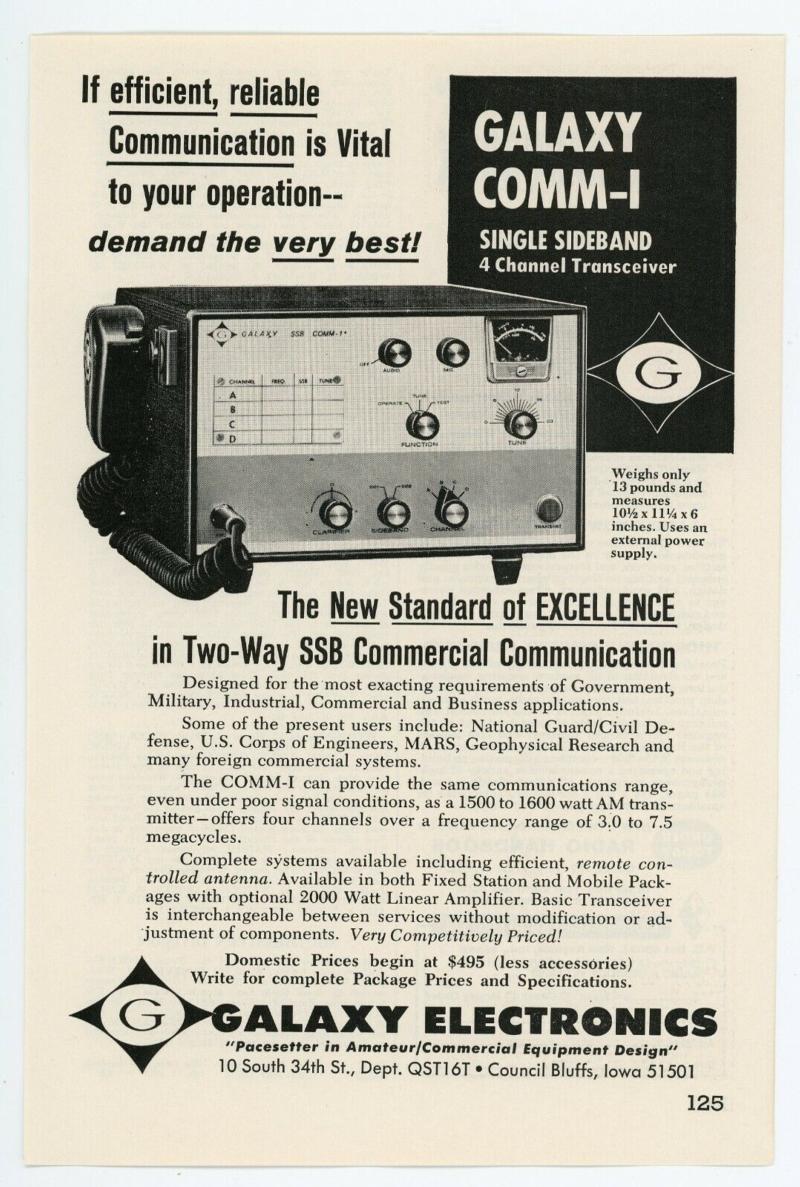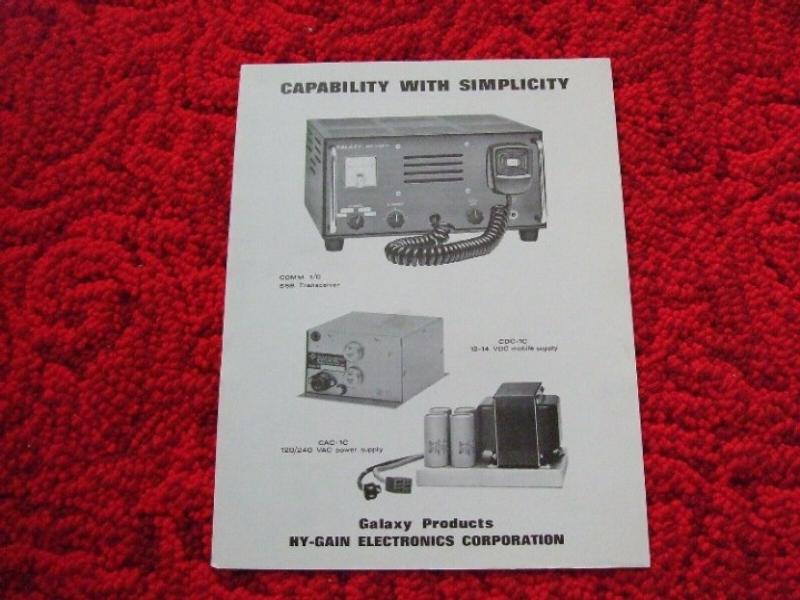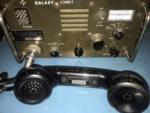
Posted By: Robert Nickels (ranickels) Posted: 11/26/2022 Vintage Ham Radio 11/26/2022 |
The Galaxy COMM2 |
|
Leo Meyerson had been in the ham radio retail and manufacturing business for over 25 years, and by 1970 he was ready to retire. His son took over the WRL distribution and retail business but the Galaxy Electronics manufacturing operation was sold to his long-time friend Andy Andros WØLTE, founder and president of Hy Gain Electronics in nearby Lincoln NE. The CB radio element of the Galaxy line would provde to be HyGain's undoing, leading to a bankruptcy filing in 1976 when the authorization of 40 channels left the company buried under a pile of obsolete 23 channel radios nobody wanted, and a flood of cheap imported radios from competitors in Asia. Somewhere along the line the COMM2 got lost. Either consciously or otherwise, it appears this special purpose HF SSB transceiver never saw the light of day, or any kind of volume production. At least two units exist, and I decided it was time to give mine a little attention. The COMM2 was aimed at military and commercial SSB users, of which there were still many at the time, but with only two channels and commercial-grade construction, the only thing it had in common with real military radios was it's Olive Drab green paint scheme. The US military had long since moved to frequency-agile HF radios from Hughes, Collins, Cincinatti Electronics, and others - which the COMM2 was not any threat to. Maybe some foreign military customers would be interested, but it seems likely the radio never was even marketed or advertized. Prior to this, Galaxy had morphed the Galaxy V ham transceiver into the COMM1, which substituted a crystal deck and channelized tuning for the usual ham bandswitch and VFO. These were sold to MARS and CAP users at least, as examples have turned up at hamfests at times. But it was a tube-type radio that only covered 3 to 7.5 MHz. The Galaxy COMM1/c followed but is more obscure. Galaxy probably learned there was no market for tube-type SSB transceivers in the late '60s, and that's what led to the development of the COMM2. It's a hybrid - all solid state receiver and exciter stages but with a tube type driver and power amplifier. Like marine radios. a built-in transistorized inverter developed the high voltages and bias needed for the tubes, and was enclosed in a plug-in module that fit inside the radio. A type 7905 tube was chosen for the driver and a 4604 for the PA - both have instant-heating filaments and with the 600 volt supply were capable of developing 40 watts PEP output. The design is double conversion with the first IF at 1500 kHz and the second at 455 kHz where a 2.4 kHz Collins mechanical filter provided the needed selectivity (this is the only Galaxy radio that uses a Collins filter). To cover the range of 3 to 17 MHz, plug-in tuning modules were used, Three coils were needed for each of the three frequency ranges, plus a plug-in pi-net board for the PA.. Each coil looks like an IF can but with a 9 pin noval base that plugs into a regular 9 pin miniature tube socket. My radio came with two sets of modules capable of covering the 40 and 20 meter bands and I verified that both worked as they should after retuning. And external frequency synthesizer was substituted for the crystal to get into the amateur bands. Being a 2-channel radio, the COMM2 borrowed a trick used in the WRL Duo-Bander 84 which was a two band ham transceiver. Several inexpensive slide switches are mounted under the chassis where switching needs to be done, but in line with one another. That allowed a simple mechanical linkage to be used to actuate all the switches at once using a Push-Pull motion. This was much cheaper than a rotary band switch. Another interesting feature is the inclusion of both Lower and Upper sideband - but no AM capabilty. Since all commercial and military communications used USB only, the inclusion of LSB is interesting, perhaps Galaxy thought it would help compensate for the limited number of channels by allowing users to use either sideband. I wanted to put the COMM2 on 75 meters, which required reverse-engineering of the coil modules. After opening the cans I discovered that not only was the can itself grounded for shielding purposes, but a sheet of thin ferrite material (like the kind used for magnetic signs) was formed and inserted into the can - evidently as to provide magnetic field shielding. The fact that the cabinet is aluminum and a base-loaded whip antenna could be attached just inches away is probably why. I haven't seen magnetic shielding on other military portable radios but they operate at a lower power level. Suitable 9-pin plugs and slug-tuned coil forms were obtained from the junkbox and after inductance and capacitance estimates were made the right combination was arrived at to resonate in the 75 meter ham band. An old PCB with .156" card-edge fingers was cut down and wired up with a suitable pi-net for 75 meters using a new coil wound on a piece of PEX tubing. While not as pretty, my homebrewed coils work just as well as the factory-made ones. The only problem I encountered was feedback during initial transmit testing and assuming the driver coil was the culprit, an old tube shield was fitted and connected to the chassis ground terminal, which cleared that problem right up. Ouptut is 40 watts PEP with good modulaton from the high-impedance Shure handset. The Clarifier control was included to pull the crystal frequency a kHz or two but no longer works with the syntheszier, but is no longer needed. Receive audio is adequate with the built-in speaker which has a switch so it can be disabled when the handset is in use, which is the normal mode for a backpack radio. Handset audio is very loud, which allows the volume to be reduded for longer battery life. The power supply options for the COMM2 were carefully engineered to accommodate the needs of (hopeful) customers. The radio could operate from either12 or 24 volt sources, or an optional external AC supply An optional battery pack was said to provide 72 hours of receive-only operation or 11 hours with a typical transmit/receive duty cycle. My radio draws 180mA on receive, including the frequency synthesizer, depending on volume setting. A built-in meter measures AVC (s-meter), ALC, Plate Current, Battery Voltage, and Relative Output (for antenna adjustment). The radio comes in a canvas backpack which has a built-in antenna mount with a short cable with a PL-259 that screws onto the bottom/back fo the COMM2. Pouches hold the handset and cables. A three-piece whip antenna extends to 70" for packset operation, my radio came with the loading coil (similar to a HyGain mobile whip) but the whip sections were missing. Fortunately a manual was obtained which includes schematics, PC board layouts, and a good technical description - rare to find this level of documentation on such obscure radios! On-air reports have been good, most are surprised to learn it's only a 40 watt signal. Sometimes a slight high-pitched noise from the DC-DC converter can be heard but it is very weak. Since it's a 50 ohm output the ability to QSY is limited once the pi-net is tuned to a specific frequency. I'd love to find out more about the COMM2 or to locate other owners/users. My guess is that a few units were built by technicians for "show and tell" but since the radio dates from the exact time Galaxy Electronics was sold to HyGain, my theory is that it was just sidelined and deemed not worth pursuing by the new owners. Some proof of this comes from the fact that the sticker on the front panel of the radio includes the old Galaxy plant address in Council Bluffs IA and the manual bears the HyGain name and address in Lincoln. (In reality the 10 S. Broadway address was a side door to the WRL building at 3415 W. Broadway!) The COMM2 was one of the many, and in this case, forgotten, contributions of WRL/Galaxy Electronics. For a complete list compiled by former employee Jim Musgrove K5BZH (SK), click HERE Note that this does not include the extensive product line sold under th Globe Electronics name, which was also owned by Leo Meyerson until it was sold to GC/Textron. Anyway you cut it - WRL/Globe/Galaxy built a lot of stuff!
|
|
Related Images
Click on the image title or on the image itself to open the full-sized image in a separate window.Latest Articles
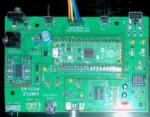
Technical
Posted: 01/29/2025
Comments: 0 |
Pico Rx performance - Excellent performance on 630m WSPR
The Simple Pico Rx is my minimalist implementation of Jonathan Dawson's "Pico Rx" at 101things: https://github.com/dawsonjon/PicoRX In this basic form the receiver consists of a Quadrature Sampling Detector (QSD aka Tayloe) and the Pico2 MCU which handles all DSP functions. There are NO front-end filters, the only bandwidth limitation comes from the tracking filter... READ MORE |
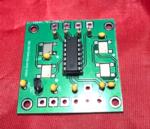
Crystal Replacement
Posted: 08/226/2024
Comments: 0 |
Making SMT "no lead" parts easier to use
SMT is the future - but how can we actually use parts without leads? ... READ MORE |
|
Crystal Replacement
Posted: 02/38/2024
Comments: 0 |
How good can a crummy receiver be?
Hundreds of different simple SDR receivers have been designed around Dan Tayloe's Quadrature Sampling Detector or QSD. Mine add nothing to the state of the art, and in fact subtract things, as I like minimalist solutions and the QSD is right in that sweet spot. Following the evolution of Tayloe's design I delete the resistors in series with the sample lines for inst... READ MORE |
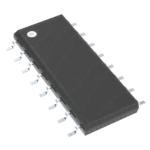
Technical
Posted: 02/37/2024
Comments: 0 |
What's in a number (3253)?
The FST3253 dual four-to-one mux/demux IC has long been used as a "Tayloe Detector" or QSD (and QSE) in low-cost SDRs. They provide incredible performance for such a simple circuit, converting RF to baseband IQ with low loss and the ultimate in simplicity. Unfortunately the original FST3253 part has become obsolete and while substitutes are available, this is where the... READ MORE |
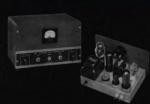
Vintage Ham Radio
Posted: 02/32/2024
Comments: 0 |
The Stancor 10P Transmitter
There weren't really many commercial transmitters in the 1930s as most hams built their own. But many of the ones that were offered came from the transformer companies who had two chances to profit. First, from those who would buy the kit, and two, from those would would see it in the (free) booklets the companies provided to their distributors who would then sell the iron to ham... READ MORE |

Vintage Ham Radio
Posted: 12/355/2023
Comments: 0 |
The Care and Feeding of the EF Johnson Courier amplifier
The EF Johnson "Courier" is a grid-driven amplifier using two 811A tubes. Switching is provided for operating in either class C for CW or as a class B linear amplifier for AM or SSB. Rated power is 500 watts input for CW, 500 watts PEP input for SSB, and 200 watts input for double-sideband AM with carrier. Since all amateur power levels were meas... READ MORE |

Historic
Posted: 11/329/2023
Comments: 0 |
TV Duplexer
Some things are interesting, even if totally useless nowadays. Such is the case with the Philco 426-3034 Crossover Kit for UHF TV. What the heck is that? Well, back in the late 50s, UHF television stations operating on channels 14-83 started to appear in many areas of the US where viewers had a VHF-only TV antenna, and in many cases an externa UHF converter was... READ MORE |
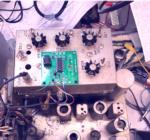
Crystal Replacement
Posted: 11/327/2023
Comments: 0 |
Replacing failed crystals
For decades, quartz crystals were used everywhere a stable frequency source was needed, even in some applications that depended on overtone (harmonic) behavior into the VHF range. These crystals were less stable and more dependent on circuit parameters that fundamental types and thus more problematic. Such was the case with the 94 MHz crystal in the 2 meter converter ... READ MORE |
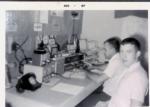
Historic
Posted: 11/315/2023
Comments: 0 |
My Own Ham Radio Story by W9RAN
Everyone has a story of how they got involved in ham radio - this is mine. It started much earlier, including receiving a Knight Kit Span Master shortwave radio for Christmas in about 1963, at age 12. I'll never forget the night my dad and I finished building it and I wanted to try it out. It came with a 50 ft. antenna which was still coiled up - but ... READ MORE |

Technical
Posted: 09/267/2023
Comments: 0 |
Hot to simulate vacuum tubes in LTSpice
LTSice is a powerful simulation tool that is provided free by Linear Technology Corp. It comes with a complete library of passive and common analog solid-state components but if you want to use it to simulate vacuum tubes, it doesen't work as-is. Even though triode and pentode symbols can be found in the "Misc" folder, they are just schematic symbols and... READ MORE |
